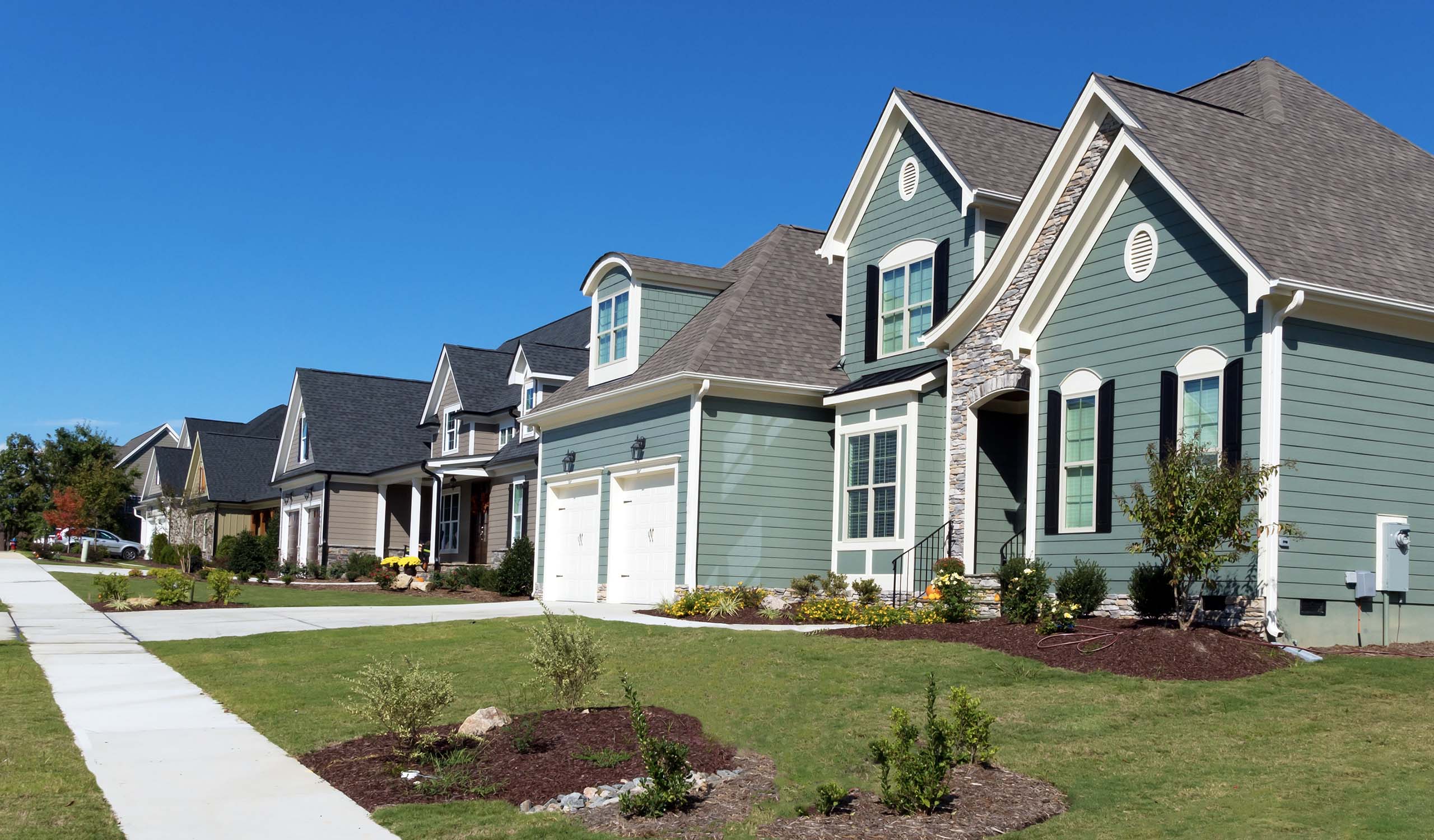The world’s democratic history began with in-person voting, as eligible citizens would meet to exclaim “yay” or “nay” for a candidate. Today, on-site voting continues to thrive in government elections and member-based organization contests.
One of the most common voting methods in association elections, on-site voting empowers members to choose the procedure they want to use. Practically speaking, on-site elections enhance the voting experience because it reduces tabulation time, allows members to obtain guidance, and, in some cases, can be convenient. While a tried and true approach, in-person voting has its drawbacks, such as lack of accessibility, inadequate time to get to the polls, space and staffing issues, and low voter turnout.
The Pros of On-Site Voting
Choice of Voting Method
Human beings inherently value the opportunity to choose, so giving members the ability to select a voting method can leave them feeling empowered. As an added benefit, election management agencies can provide multiple options for these contests. Since on-site elections often occur during annual meetings, members can have a choice of voting online by mobile device or on a paper ballot in a designated polling space.
For example, the American Association for Justice held on-site elections at their annual meeting. After candidates gave speeches, members had the option of voting using the aforementioned features.
Quick Tabulation Turnaround
We live in the instant gratification era where anyone can click a button and receive an immediate answer, so it may be beneficial to incorporate this instantaneous practice into member-based organization elections. When using online on-site voting, wait times are decreased and elected officials can be announced the same day. Utilizing other voting methods, such as paper ballots, may take a bit longer as they require manual tabulation.
Assistance
It’s not unusual for questions to arise during an on-site election, especially if members are voting via a digital device. If that’s the case, experts from the election management agency can be on hand to offer guidance. Similarly, if a voter has a question about a paper ballot or security and privacy, an election specialist can provide support and alleviate any concerns.
Convenience
For organizations with members located in close proximity to one another, on-site voting can be a convenient method. For instance, members of a homeowner’s association can take a short walk over to a communal building to cast their ballot. Similarly, apartment complex renters can vote in the lobby as they enter or exit the building.
The Cons of On-Site Voting
Inaccessible
Accessibility can be an issue if members of an organization are spread out across the country. The association may not be able to convene all of its chapters in a centralized location, and it may prove difficult and costly to set up polling spaces in various states or counties. For those with such a large member base, alternative voting methods such as online, mail, or phone, are optimal.
Smaller organizations may run into different obstacles. While on-site elections may be easier to manage, some members may be unable to physically make it to the meeting due to lack of transportation. As a result, other approaches may be necessary to increase participation.
A third accessibility problem occurs when a member-based group fails to communicate clearly with its members. If you can’t properly promote and disseminate election information, members may not know what or who they’re voting for or, worse, the date of the contest.
Time Consuming
Generally, people join homeowner’s associations, cooperatives, unions, and other organizations in addition to their jobs and family obligations. As evidenced by this breakdown from the Bureau of Labor Statistics, an arm of the U.S. Department of Labor, people lead busy lives, leaving them little time for anything unrelated to work or parenting. As a result, it can be tough to attend the meeting and cast a ballot. To make it more convenient and less time-consuming, organizations can turn to alternatives such as online voting.
Low Voter Turnout
Gathering all members into one room at a specific time can be a tough feat, and lack of accessibility and time contribute to low voter turnout. If an association wants to continue the tradition of on-site voting, it can add other voting options for members to choose from, so some can participate from the comfort of their own home in just a few seconds.
Space & Staffing
In-person voting requires a dedicated polling place and staff to oversee the election. This can lead to additional costs if an organization must rent adequate polling space or hire staff to run the election.
YesElections has been managing on-site elections since 2007. We have created secure voting software for members to vote via mobile devices and have set up polling stations for those who want to cast a traditional ballot. To discuss your voting needs, contact us today.







